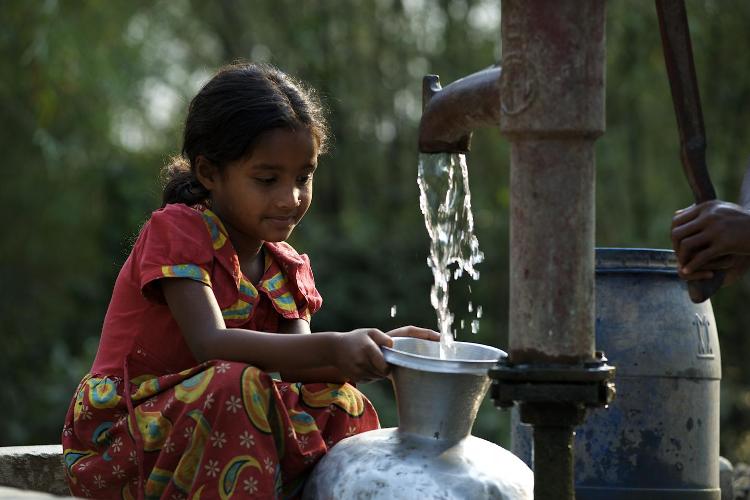
The WHO/Unicef JMP monitors accessibility to WASH services at global, regional, and country levels. COURTESY
Bangladesh has made great strides towards the Sustainable Development Goal (SDG) 6, to ensure availability and sustainable management of water and sanitation for all by 2030, over the last few decades. At the same time, as shown in a recent report by the WHO and Unicef on their Joint Monitoring Programme (JMP), billions of people around the world will still lack access to safe water, sanitation, and hygiene (WASH) services in 2030 unless progress quadruples.
Against this background, it is important to take stock of what Bangladesh has achieved and where more effort is needed. In this article, we present the latest data from the JMP and other sources to show Bangladesh’s current status towards the achievement of SDG 6.
The WHO/Unicef JMP monitors accessibility to WASH services at global, regional, and country levels. It produces internationally comparable estimates on progress towards achieving SDG 6. Its latest report “Progress on household drinking water, sanitation and hygiene 2000-2020,” published in July 2021, takes stock of development in the first five years of the SDG period (2015-2020) after the end of the MDG era.
To understand what the data tell us, it is necessary to understand that progress in the JMP is measured in terms of “ladders” with populations moving from one step to the next with regards to the access and the quality of services.
The JMP report shows that only 1% of the population in Bangladesh relies on “unimproved” or “surface water” service, the two lowest tiers for drinking water service. This shows a significant achievement towards Target 6.1 of SDG 6: Ensuring “safe and affordable drinking water for all.” For comparison, this figure stands at 5pc for India, 6pcfor Nepal and Pakistan, and 23pc for Afghanistan.
Access to improved water service (“limited,” “basic,” and “safely managed” in the ladder) is similar across the South Asian countries. Having said that, coverage of “safely managed” water services -- indicative of uninterrupted availability of water of drinkable quality at household level -- is the highest in Bangladesh. The data also shows an upward trend, which is very encouraging knowing that Bangladesh still has a long way to go to attain to this fine level of service.
In terms of SDG Target 6.2, to ensure access to adequate and equitable sanitation and hygiene for all and end open defecation, Bangladesh has also achieved substantial progress between 2015 and 2020. In South Asia, only Bangladesh has achieved a zero percent “open defecation” rate -- a great progress from 17% in 2000 and 3% in 2015.
This consistent decline indicates a positive cultural and behavioural change in Bangladeshi society. In the JMP’s scale of progress, “open defecation” is the lowest rung of the sanitation access ladder, followed by “unimproved,” “limited,” “basic,” and “safely managed” categories.
The data also show that 22pc (compared to 29pc in 2015) of the population in Bangladesh use “unimproved” sanitation facilities, which is one of the highest rates in South Asia. However, if we consider the reduction of open defecation in the country, this is expected, as people move one step up from “open defecation” to “unimproved sanitation” in the ladder.
Also, Bangladesh has the highest percentage of people (24pc) in the “limited” sanitation category. “Limited” sanitation service means that a household has access to improved facilities, but these are shared by more than one household. In the Bangladeshi society, family units often live close to each other and share a toilet. As these family units commonly have separate kitchens, they are counted as separate households.
This category is treated as a transition point between “unimproved” and “improved” sanitation. It should also be highlighted that “limited” service users are using improved sanitation facilities, which is important in terms of benefits regarding environmental health and the containment of faeces. Thus, when the entire dataset is considered, the trajectory of improved access to sanitation facilities is clear in the country.
Overall, the JMP report shows that in the first five years of the SDG era, Bangladesh is one of the few countries that eliminated open defecation. In terms of improved sanitation (“safely managed,” “basic,” and “limited”) coverage, Bangladesh’s performance is comparable to its neighbouring countries (Bangladesh 78pc, India 83pc, Nepal 88pc, Pakistan 79pc, and Afghanistan 61pc).
Achievements in the spirit of “leaving no one behind” are evident in the substantial decline of populations using unimproved drinking water services and practicing open defecation and should thus be acknowledged. The JMP data is a proof of the country’s upward trajectory in terms of access to quality drinking water and sanitation services.
Having said that, it is important to underscore that Bangladesh still has a number of challenges lying ahead for its people to enjoy a “safely managed” category of service. For instance, according to a large-scale household sample survey conducted in 2019, drinking water of 40.3pc of the households were contaminated with faecal matters at the source level and 81.9pc at the household level.
Also “safely managed” sanitation services are critical in conserving and protecting the country’s environment and important natural resources, especially water, for future generations who are today’s children. Overall, the country needs to improve the quality and sustainability dimensions of WASH services in addition to access leading to the ultimate objective of moving upwards in the ladder of services.
Further, the emergence of the Covid-19 pandemic has disrupted progress globally and confronted us with unprecedented challenges. We risk undoing years of achievements if we do not intensify our efforts. We should also remember that despite all positive trends in WASH service indicators, Bangladesh must still reach 68 million people (41% of the population) with “safely managed” water to achieve SDG 6.1 and 101 million people (61% of the population) with “safely managed” sanitation to achieve SDG 6.2 within the next nine years. The encouraging developments in the first five years of the SDG era must therefore be continued and accelerated.
Zaid Jurji is Chief of Water, Sanitation, and Hygiene, (WASH) Programme, Unicef, Bangladesh







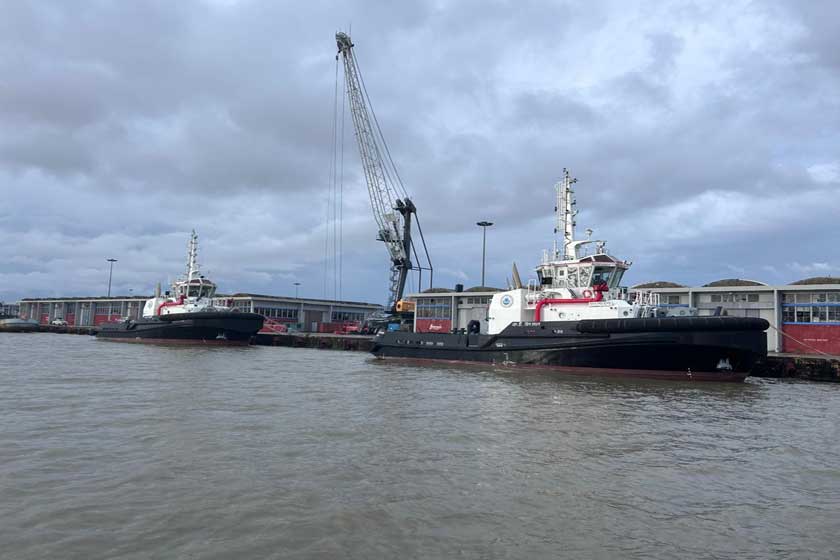
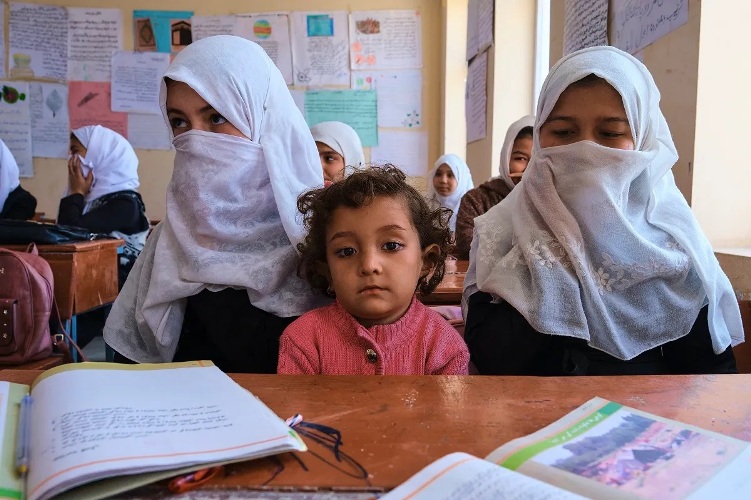
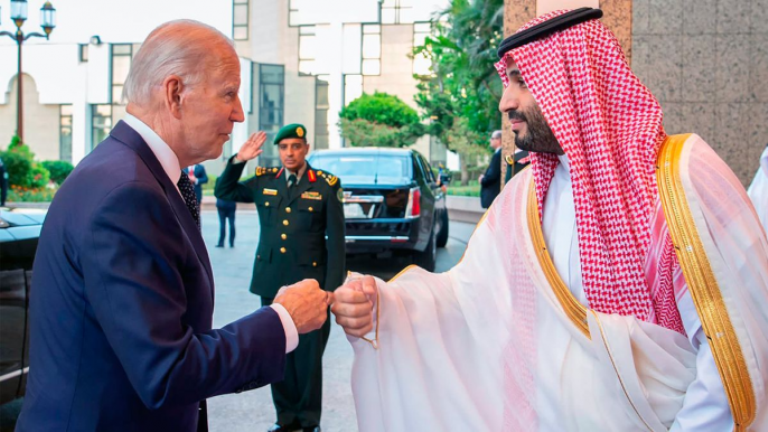

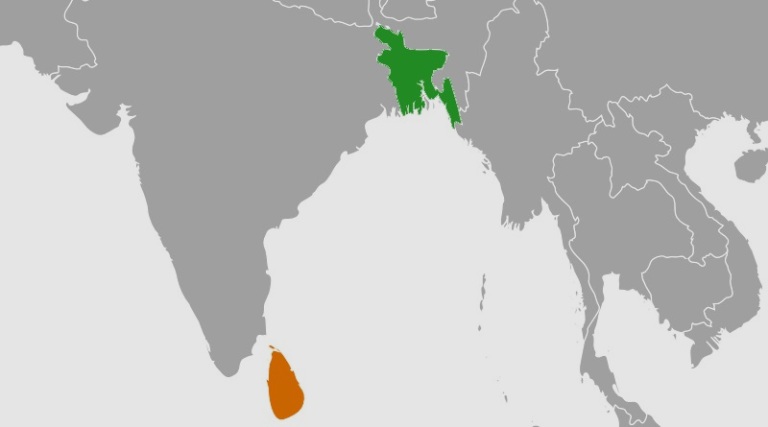
0 Comments